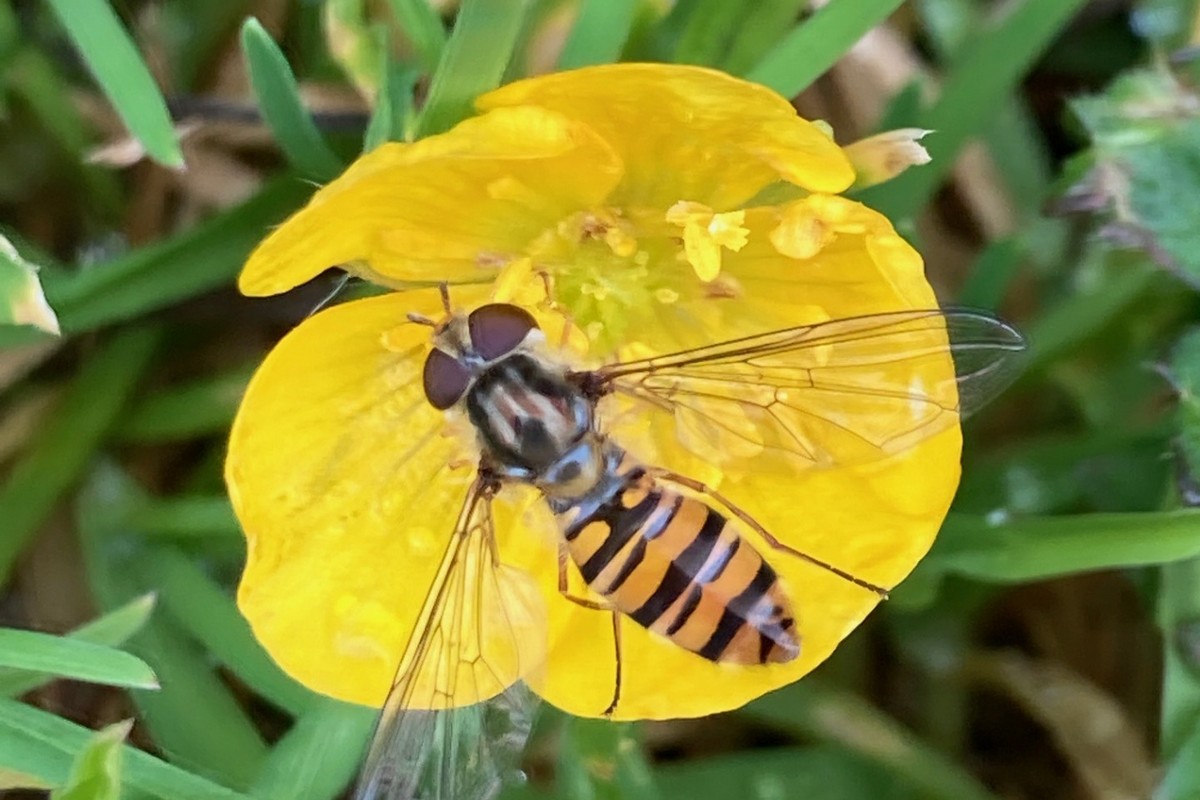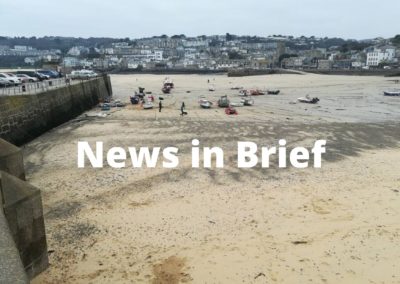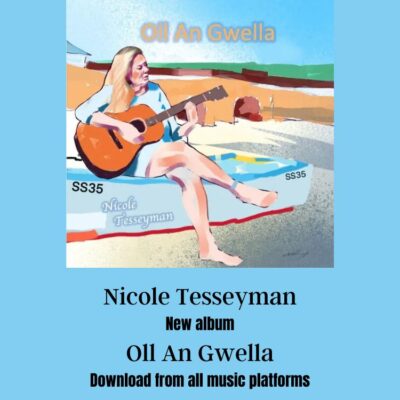Planting flowers in urban green spaces across Cornwall significantly boosted numbers of pollinating insects, new research shows.

Photograph: Oliver Poole
The Making Space for Nature project, a collaboration between Cornwall Council, Cormac, and the University of Exeter, aims to transform urban green spaces, such as parks, small green spaces, road verges, and closed churchyards, into welcoming community areas and wildlife havens.
Flowers, trees, and shrubbery have been planted across 78 hectares of urban green spaces in 15 Cornish towns, including Hayle. Now research has shown that these green spaces have become buzzing hubs for pollinators.
University of Exeter scientists have found that wildflowers led to a two-fold increase in flower visits by certain pollinators (particularly solitary bees and solitary wasps) in these green spaces, compared to places with no new planting.
Planting wildflowers and ornamental flowers together was especially effective at attracting hoverflies and other flies, with three and a half times more of these than in areas planted with wildflowers alone.
The results — based on insect surveys of the sites — suggest some native wildflowers are particularly good for pollinators. These include common knapweed (Centaurea nigra), common hogweed (Heracleum sphondylium), cat’s ear (Hypochaeris radicata), and oxeye daisy (Leucanthemum vulgare).
Some non-native ornamental plants were especially good at attracting pollinators other than bees. These included salvias, white meadowfoam (Limnanthes alba), and lavender cotton (Santolina chamaecyparissus).



